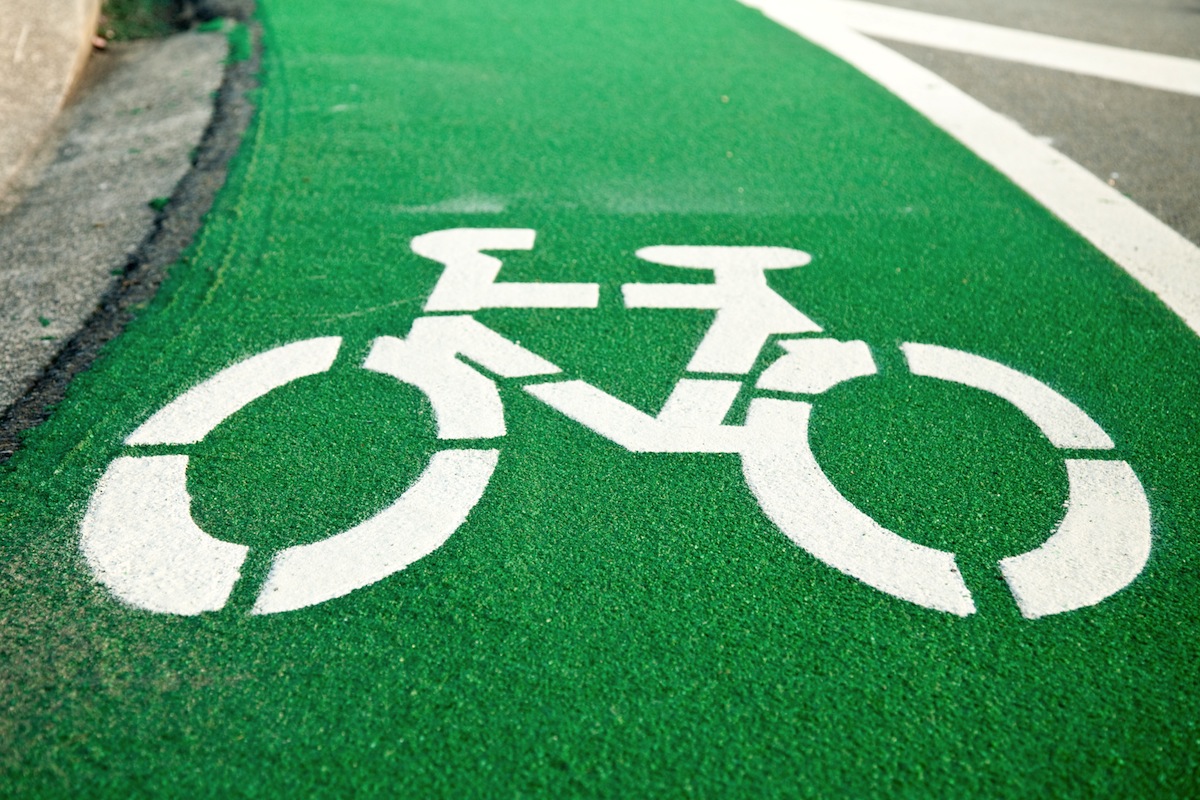Somerville’s Streets Are Going Green
There’s more than one Green Line coming to Somerville.
The city put out a bid on Friday seeking a company to lather up existing bike lanes with green paint that are currently marked by white lines. According to the bid details, the one-year, $200,000 contract includes furnishing labor, equipment, materials, and plan details to paint bike lanes and other markings on the pavement for cyclists throughout Somerville.
Denise Taylor, Somerville’s director of communications and community engagement, said the “Green Bike Lane Painting and Pavement Markings” plan, which should start in September, entails laying down colored thermoplastic to mark key lanes.
Some of the areas being targeted with green paint for the initial phase of the lane marking include Bow Street, Somerville Avenue, and Washington Street, all of which are Somerville’s busier roads used frequently by cyclists.
“This is just the first round. We’re sure to get feedback on where residents feel the next round of markings should go, and we’ll take that into account for the second round,” said Taylor.
As part of a pilot program, before the bid went out, Somerville painted a portion of Webster Street green and added lanes along Summer Street. New markings warning cyclists to stay off of the sidewalks were also added around Union Square.
The Request For Proposal put out by city officials calls for the use of thermoplastic, rather than basic green-colored paint, because it adheres to the roadway, can stand up to the changing weather patterns without chipping away, and includes more texture than paint to provide a better wheel grip for bikers, Taylor said.
David Watson, executive director of MassBike, a non-profit group that advocates for statewide improvements to roadways to make commuting more navigable for cyclists, said green thermoplastic paint has both its advantages and faults.
“There’s some evidence that green lanes provide a greater awareness, particularly for motorists, that people need to watch for cyclists,” he said. “It’s one of the options for doing something that is more visible, and it certainly gets your attention more than a simple painted line. But it doesn’t provide more protection than a regular bike lane.”
He said they tend to fade overtime, and lose their bright-green look.
“There are pros and cons to all of these things, but the goal is to increase awareness that you need to share the space,” said Watson.



